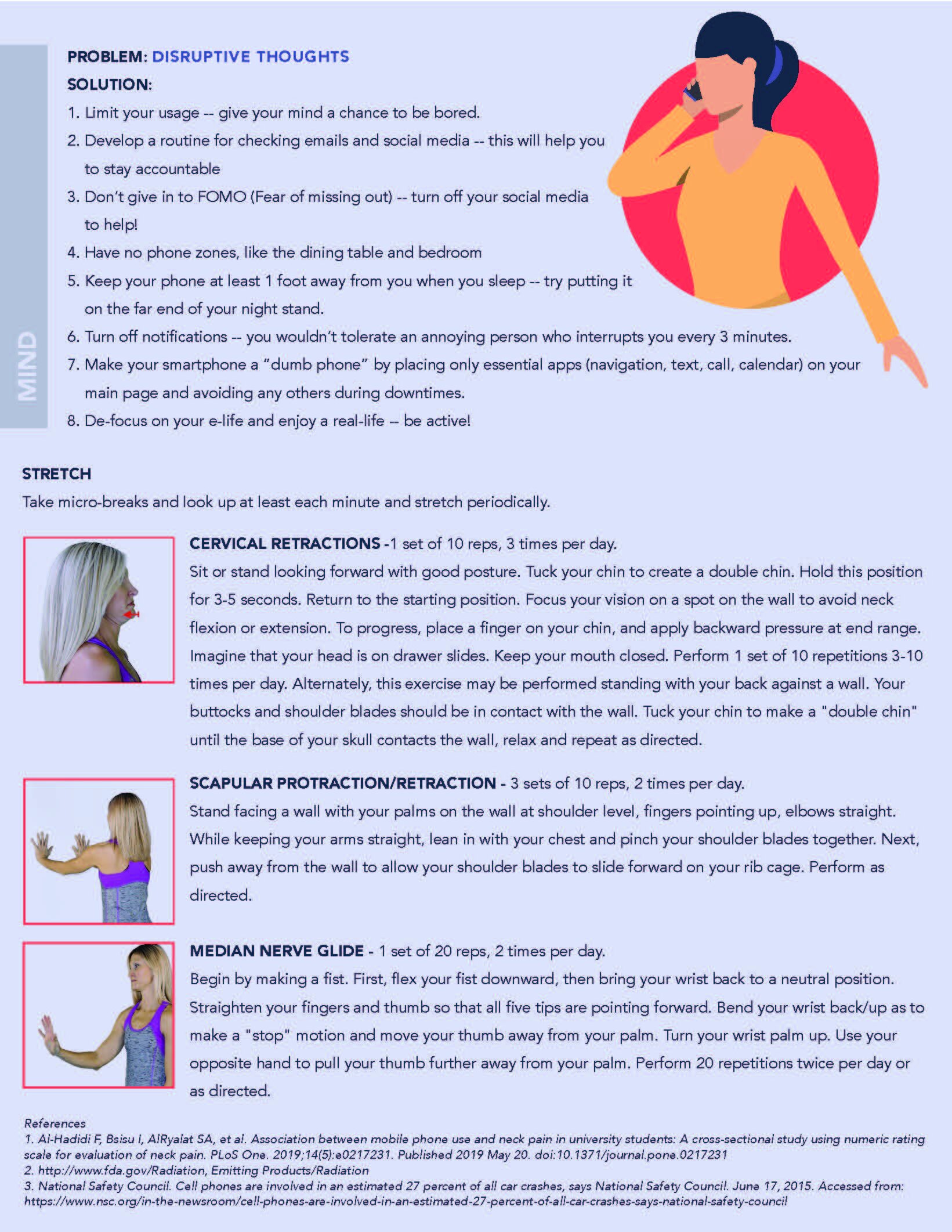This common question arises often with new and existing patients, and the answer is not always to their liking. When people consistently self-adjust their own joints—specifically their neck or lower back, they are unfortunately in most instances making things worse.
Often, patients who “crack” their back or neck are really trying to remove tension from muscles and joints in the spine. This release of pressure that creates the sound gives some relief from said tension, but it comes back a short time later. So why is that? Based on knowledge of how joints work and practice experience, the relief doesn’t last because moving these joints alone is not the answer.






















